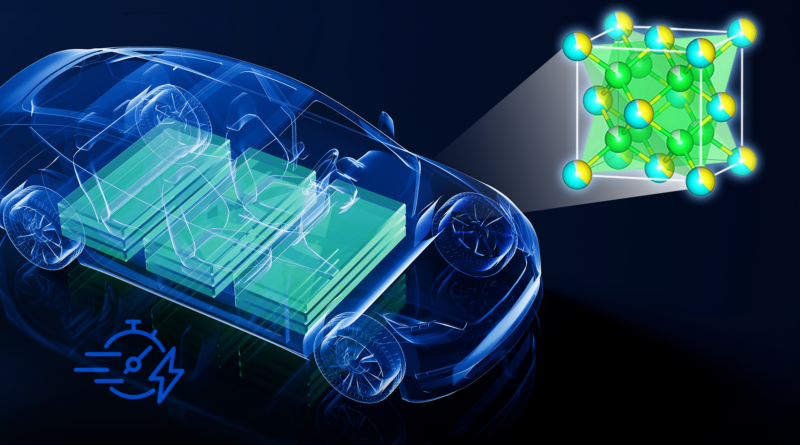Zeroing In On EV Batteries With More Storage & Faster Charging
Currently, the biggest hurdle for electric vehicles, or EVs, is the development of advanced battery technology to extend driving range, safety and reliability.
New research has shown how a novel lithium-based electrolyte material (Li9N2Cl3) can be used to develop solid-state batteries that charge faster and store more energy than conventional designs. Experiments revealed the solid-electrolyte was not only stable in normal air environments, but it also inhibited the growth of dendrites — dangerous, branchlike formations that cause batteries to catch fire.
Oak Ridge National Laboratory scientist Jue Liu conducted neutron experiments to observe how lithium moved through the material.
“The material’s dry air stability, efficient lithium-ion transport, and high compatibility toward metallic lithium are crucial advances. It’s the best of both worlds,” he said. “It offers all the performance benefits of liquid-electrolyte batteries that we use every day, but it’s safer and more reliable.”
Originally published on the Oak Ridge National Laboratory website. By Jue Liu, Neutron Scattering Scientist
Have a tip for CleanTechnica? Want to advertise? Want to suggest a guest for our CleanTech Talk podcast? Contact us here.
Latest CleanTechnica.TV Video

CleanTechnica uses affiliate links. See our policy here.

